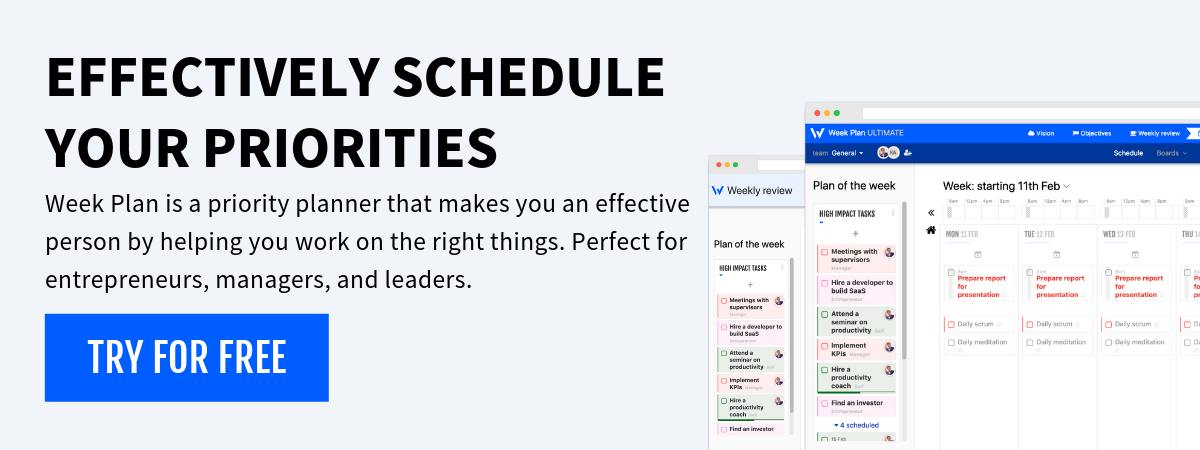The Checkmark System is a straightforward method designed to improve productivity and task completion through a visual marking system. By using checkmarks to signify the completion of tasks, this system offers a clear, tactile method of tracking progress and maintaining motivation. The Checkmark System stands out for its simplicity, making it easily adaptable for both personal and professional use.
Understanding the Checkmark System
The essence of the Checkmark System lies in its simplicity and the psychological satisfaction derived from marking tasks as complete. Each task, once finished, is marked with a checkmark. This act not only signifies completion but also provides a visual representation of productivity and progress over time.
Core Components
Task Listing: Begin by listing down all tasks that need to be accomplished within a certain period.
Prioritization: Prioritize tasks based on urgency and importance.
Completion and Marking: As tasks are completed, they are marked off with a checkmark.
Implementation of the Checkmark System
Adopting the Checkmark System involves several practical steps, from setting up your task list to marking off completed tasks.
1. Setting Up Your Task List
Create a comprehensive list of tasks using a planner or digital tool. Incorporating tools like the Task Planner can help in efficiently organizing and prioritizing tasks.
2. Prioritizing Tasks
Identify tasks that are most critical and assign them higher priority. This ensures that your focus is directed towards tasks that have the greatest impact.
3. Marking Tasks as Complete
Upon completing a task, mark it with a checkmark. This can be done on a physical list or digitally through task management tools.
4. Reviewing Progress
Regularly review your list to assess progress and adjust priorities as needed. Tools like the Goal Planner can aid in tracking long-term objectives alongside daily tasks.
The Importance of the Checkmark System in Time Management
While the Checkmark System does not explicitly address time management, its principles can significantly enhance how individuals allocate their time towards tasks. The system encourages efficiency and focus, leading to more productive use of time. By visually tracking progress, individuals can better assess their productivity patterns and make informed decisions on how to allocate their time moving forward.
Benefits
1. Increased Motivation
The visual satisfaction of marking tasks complete can boost motivation.
2. Enhanced Productivity
Provides a clear framework for task completion, leading to increased productivity.
3. Improved Organization
Helps in organizing tasks and tracking progress over time.
Challenges
1. Overemphasis on Quantity
There’s a potential risk of focusing more on the quantity of checkmarks rather than the quality or importance of the tasks.
2. Adaptation Period
Some individuals may require time to adapt to the system, especially if they are accustomed to more detailed or digital task management methods.
Conclusion
The Checkmark System is a simple yet effective approach to improving productivity and task management. By offering a visual and tactile way to track task completion, it caters to the psychological need for accomplishment and progress. Although it has its challenges, the benefits of increased motivation, productivity, and organization make it a valuable tool for anyone looking to enhance their efficiency and effectiveness in task management.

More Posts
12 Best Monthly Reflection Questions to Ask Yourself
Since 2011, Eileen Chadnick has made it a tradition to offer thought-provoking reflection prompts for personal and professional growth. For 12 years, these questions have guided individuals in their self-improvement journeys, helping them...
Achieve Your Goals with the Best Goal Tracking Calendar
In today’s fast-paced digital world, meticulously plotting our ambitions is more crucial than ever. The art of planning, once limited to paper, has been revolutionized with dynamic digital solutions. Planners with goal tracker...
Top 10 Best Digital Goal Planners
Discover effective digital planners to help you stay on track and achieve your aspirations in 2025. Start planning your success today! In the ever-evolving digital era, the way individuals and professionals strategize and...
11 Ways Mindfulness Can Reduce Procrastination
Procrastination is a big problem that can slow us down. But, mindfulness can help beat it. Famous people like Tim Ferriss, Dan Ariely, and Rick Rubin have shared tips to fight procrastination. Tim...